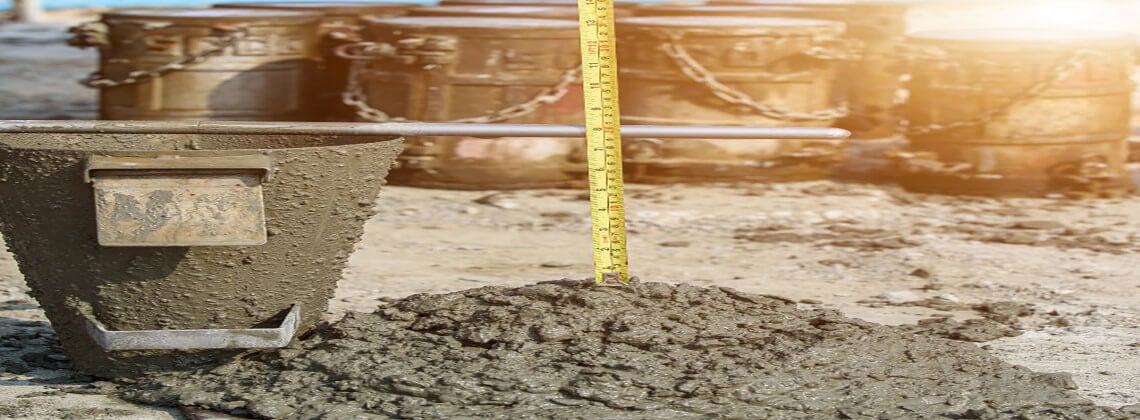Are you involved in the construction industry or any field that deals with concrete mix design? If you are, then you know how the specific gravity of aggregate plays in ensuring the strength and durability of your structures.
Specific gravity is critical to creating robust and dependable structures that stand the test of time. Higher specific gravity means higher strength, making it essential for structures and infrastructure that demand reliability.
Conversely, identifying aggregates with low specific gravity can indicate weaker materials prone to porosity, affecting the overall performance of your concrete.
This blog discusses the specific gravity of aggregates, the types, test procedures, and their significance in creating robust concrete mixes.
Read on to discover the secrets to better construction.
What is the Specific Gravity of Aggregate?
Specific gravity is the ratio of the mass of aggregate to the mass of an equal volume of distilled water.
It’s also known as the relative bulk density of aggregate, not to be confused with the bulk density of aggregate, which indicates the denseness of the packaging of aggregates.
A higher specific gravity signifies harder and stronger aggregates, resulting in increased strength and lower porosity.
Types of Specific Gravity
When it comes to aggregates, voids are generally present. This leads to the existence of two types of specific gravity measurements.
-
Absolute Specific Gravity
-
Bulk Specific Gravity (also known as Apparent Specific Gravity).
Absolute Specific Gravity excludes voids in its calculation, while Bulk Specific Gravity considers both the volume of aggregates and voids, including impermeable voids.
These two types of specific gravity provide valuable insights into the strength and porosity of aggregates, ensuring optimal concrete mix proportions.
You may also like: Consistency of Concrete: Measure, Importance, and Workability.
How is the Specific Gravity of Aggregates Tested?
Testing the specific gravity of aggregates is a crucial step in ensuring the quality and strength of concrete.
There are three main methods for conducting this test, each tailored to the size of the aggregates. They are:
Method I: Aggregates Larger than 10 mm
For aggregates larger than 10 mm, the specific gravity is measured using a wire basket immersed in distilled water.
The process involves removing entrapped air, weighing the basket and aggregates in water, and then drying and weighing the aggregates to obtain absolute specific gravity.
Method II: Aggregates Between 40 mm and 10 mm
Like method I, this method involves immersing the aggregates in water, but the jolting process is performed in two tanks. The specific gravity is then calculated using the weight measurements.
Method III: Aggregates Smaller than 10 mm
For aggregates smaller than 10 mm, a pycnometer of 1000 ml is used to determine the specific gravity. The test method involves:
-
Filling the pycnometer with aggregates and water.
-
Removing entrapped air.
-
Measuring the weight to calculate the bulk-specific gravity.
You may also like: Materials Testing Experts Explain The Importance Of Concrete Testing.
Apparatus Required for Water Absorption and Specific Gravity Test on Aggregates
Certain instruments are essential to conducting the specific gravity and water absorption test on aggregates. These include:
Balance
A precise balance with a capacity of about 3 kg and accurate to 0.5 g is used to weigh the aggregates and other components.
Wire Basket (Density Basket)
A container with not more than 6.3 mm mesh or perforated suspended from the balance to hold the aggregates during the test.
